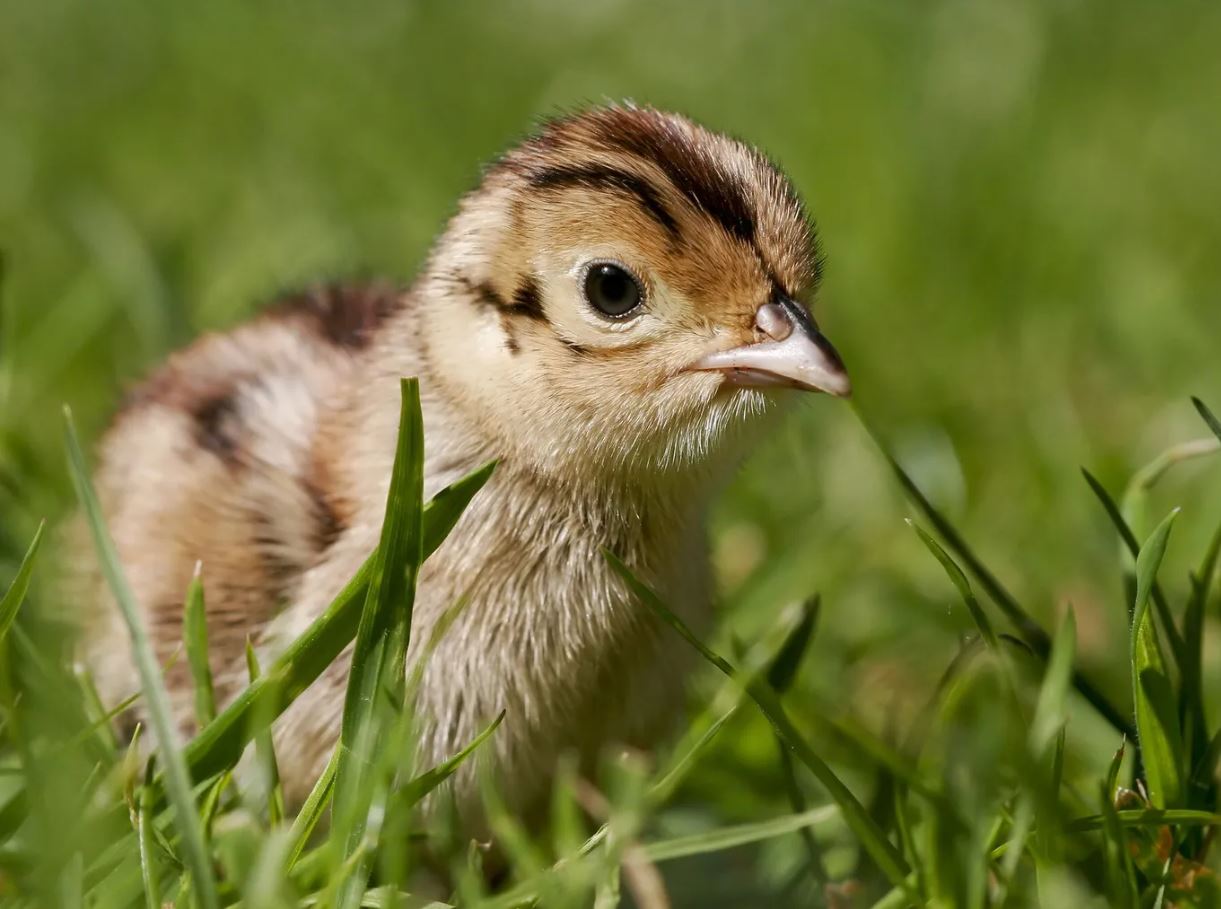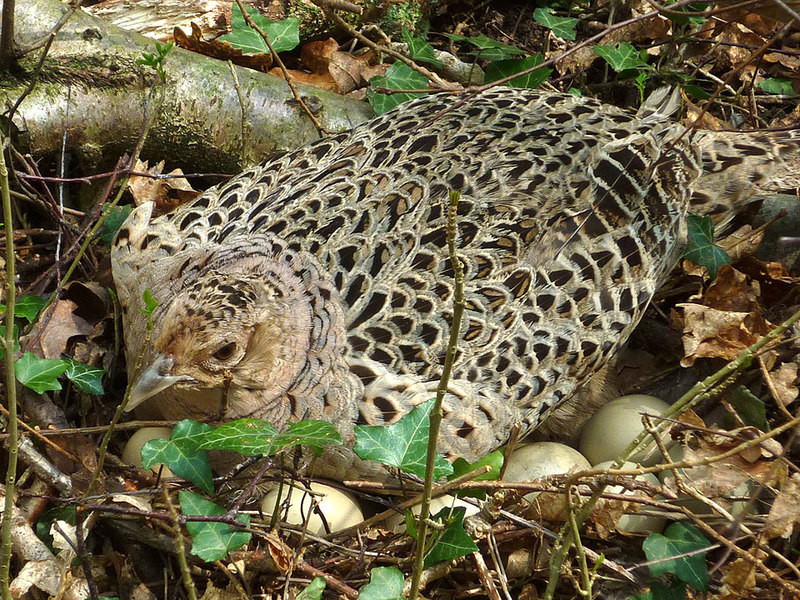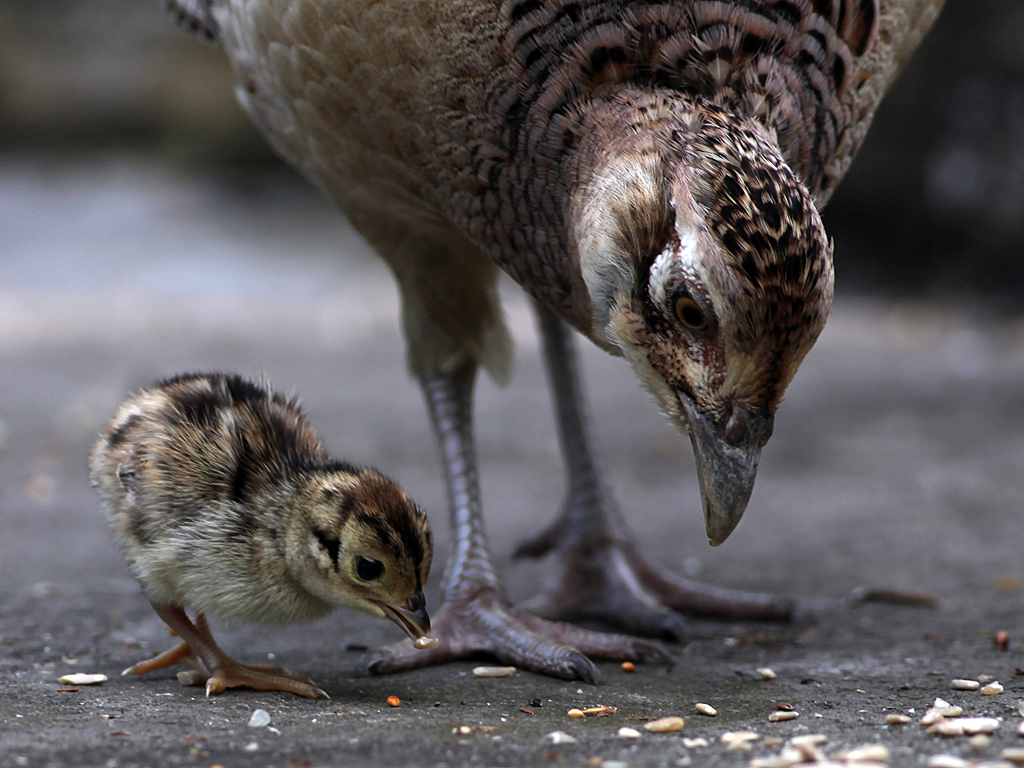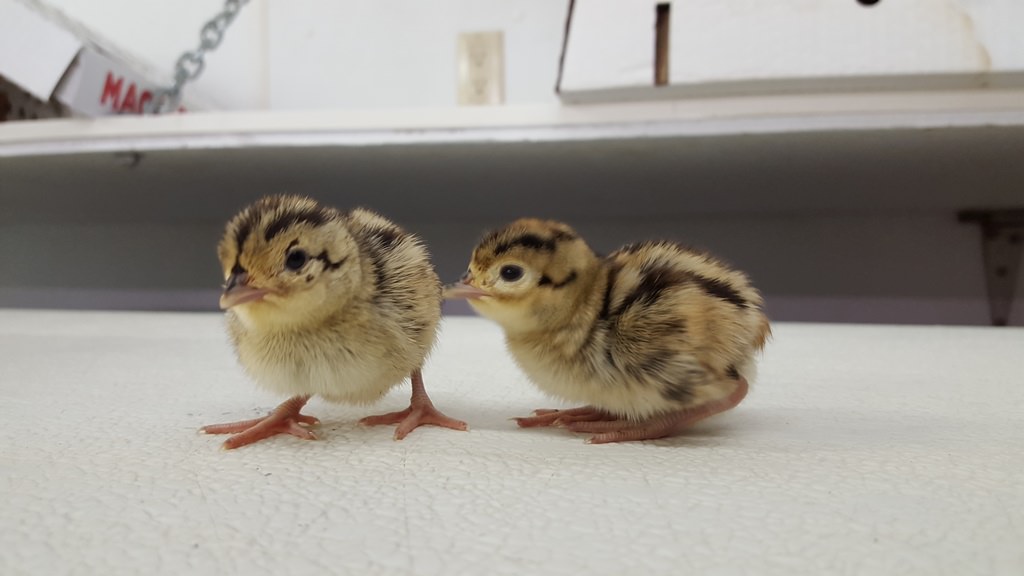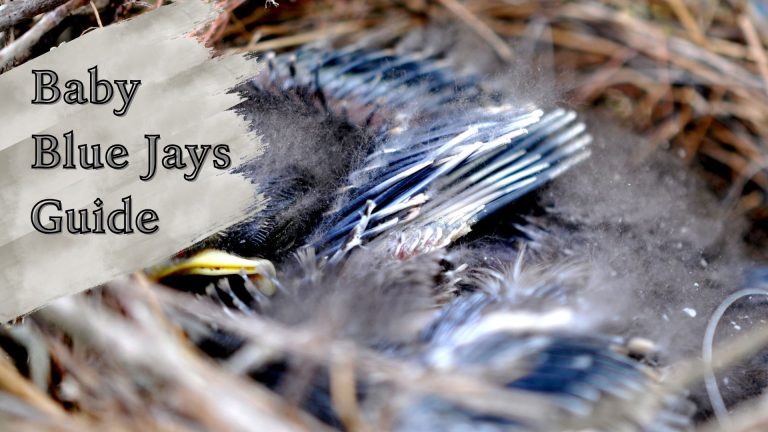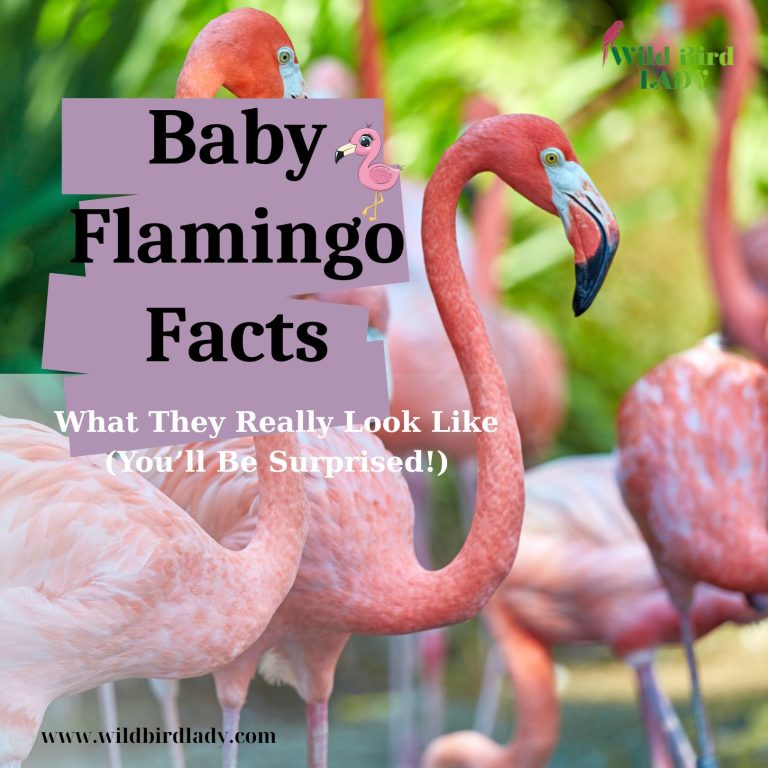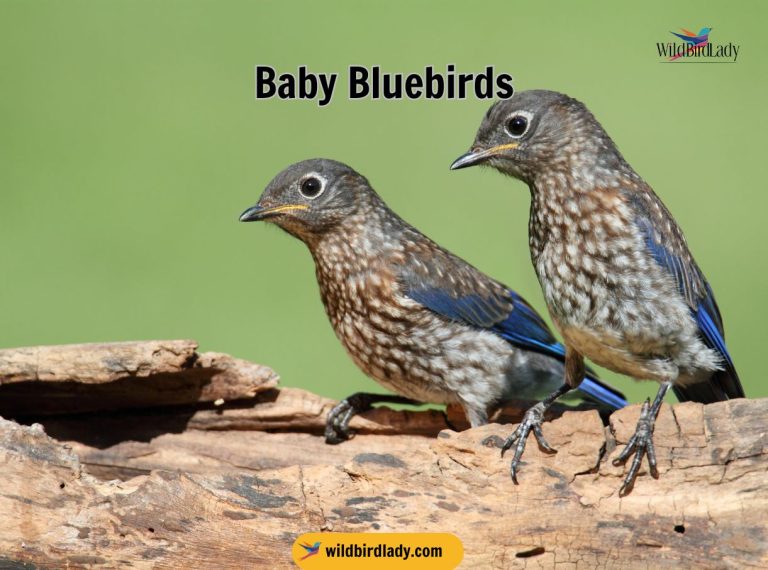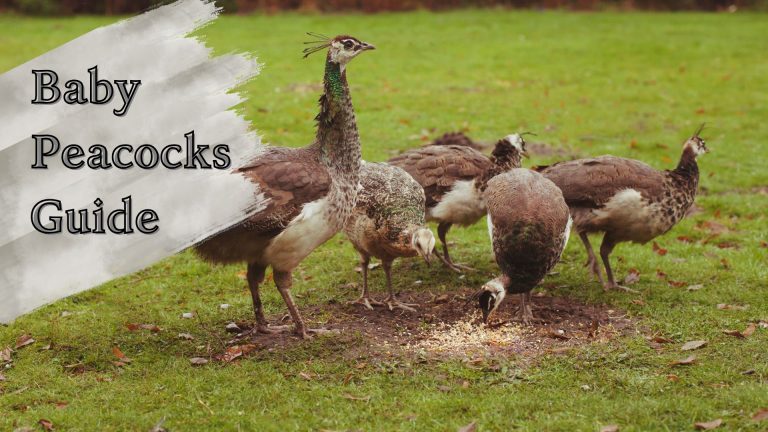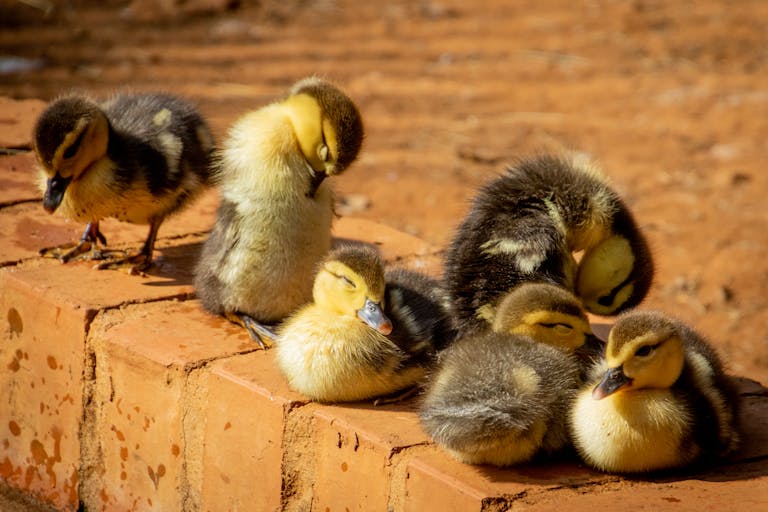Baby Pheasant: A Complete Guide to the Life of a Young Gamebird
Baby pheasants are among the most elusive and charming young birds in the wild. Known for their precocious behavior and rapid development, these little gamebirds are born ready to face the challenges of the grasslands. Whether you’re a birdwatcher, a conservationist, or just curious, understanding the life of a baby pheasant—also called a pheasant chick or pheasant poult—offers a fascinating glimpse into nature’s survival game.
In this guide, we’ll explore how baby pheasants are born, what they eat, how they grow up, their predators, and even how you can help conserve their habitat.
What Is a Baby Pheasant Called?
A baby pheasant is commonly referred to as a chick or a poult, especially in their early days after hatching. As they grow older but remain juvenile, they are often called young pheasants.
- Chick: Immediately after hatching
- Poult: Term used during early growth
- Juvenile: When they begin to resemble adult pheasants but are not yet sexually mature
Nesting and Hatching: How Baby Pheasants Begin Life
Female pheasants, known as hens, lay their eggs in shallow ground nests hidden in tall grasses, brush, or field edges. These nests are often vulnerable, making camouflage and secrecy crucial.
- Clutch Size: Typically 8–15 eggs
- Incubation Period: ~23–28 days
- Hatching Season: Late spring to early summer (May–July in most U.S. states)
According to the National Wild Turkey Federation, Ring-necked Pheasants—the most widespread species in North America—usually nest on the ground in grassy fields with “limited human disturbance and adequate cover” (source).
First Moments After Hatching
Baby pheasants are precocial, meaning they hatch with their eyes open, covered in down, and ready to follow their mother within hours. Unlike altricial birds (like robins or doves), pheasant chicks don’t require constant feeding from the parent.
Key Milestones (0–3 Days Old):
- Begin walking within hours of hatching
- Start pecking at insects and small seeds on their own
- Can regulate body temperature after 1–2 days with access to warmth
What Do Baby Pheasants Eat?
In the wild, baby pheasants consume a high-protein diet that helps fuel rapid growth.
Natural Diet Includes:
- Insects (beetles, grasshoppers, ants, flies)
- Spiders and small invertebrates
- Tender green shoots
- Small seeds and grains
According to the Cornell Lab of Ornithology, insects make up 90% of a pheasant chick’s diet during the first few weeks.
Captive Rearing Diet:
For conservation or gamebird farming, baby pheasants are often fed:
- Commercial gamebird starter crumbles (28–30% protein)
- Boiled egg yolk (first few days)
- Live mealworms as supplements
Growth Stages of a Baby Pheasant
Let’s break down a baby pheasant’s growth from hatching to adulthood.
1. Hatchling (0–1 week)
- Covered in brownish down feathers
- Can walk and forage shortly after hatching
- Needs warmth from the mother or heat source
2. Poult (1–4 weeks)
- Starts growing juvenile feathers
- Can flutter short distances
- Begins forming social groups called coveys
3. Juvenile (4–10 weeks)
- Fully feathered with early tail growth
- Capable of short flight bursts
- Starts learning predator avoidance behaviors
4. Subadult (10–16 weeks)
- Resembles adult plumage
- Males begin to show iridescent colors
- Prepares for winter survival or breeding next spring
By the 12th week, a baby pheasant is nearly full-sized and may be independent of its mother.
Predators and Threats
Young pheasants face high mortality rates in the wild. Predation, weather, and human activity are key threats.
Common Predators of Baby Pheasants:
- Foxes and coyotes
- Hawks and owls
- Raccoons and skunks (especially egg predators)
- Domestic cats and dogs
Mortality Rate: According to a study by South Dakota Game, Fish, and Parks, over 50% of pheasant chicks die within the first 3 weeks.
Habitat Requirements for Baby Pheasants
Baby pheasants thrive in areas with dense cover and abundant insect life.
Ideal Habitat Features:
- Native grasslands with mixed forbs
- Fencerows, ditch banks, and CRP (Conservation Reserve Program) fields
- Hedgerows with overhead protection from raptors
- No mowing or spraying during nesting season
Loss of habitat due to modern agriculture is a major reason for pheasant population declines in parts of the U.S.
How Baby Pheasants Handle Weather
Chicks are vulnerable to cold, wet conditions, especially in the first 2 weeks. Prolonged rain can lead to chilling and starvation if insect activity declines.
Cold Weather Dangers:
- Wet feathers reduce insulation
- Reduced insect availability limits food
- Hypothermia can set in quickly without cover
In captivity, brooders are set at ~95°F during the first week and gradually reduced by 5°F each week until fully feathered.
Parental Care: Do Pheasant Mothers Look After Their Young?
Yes, but only the hen. Male pheasants do not participate in raising chicks. The female:
- Leads chicks to food-rich areas
- Provides warmth by brooding
- Warns them of predators with vocal alarms
However, chicks are largely self-feeding from day one, which reduces the mother’s workload compared to songbirds.
Do All Pheasant Species Raise Their Young the Same Way?
Most pheasant species exhibit similar baby-rearing behavior. Let’s compare a few notable species:
| Species | Chick Traits | Nesting Season | Notes |
|---|---|---|---|
| Ring-necked Pheasant | Common in North America | May–July | Most studied; raised in grasslands |
| Golden Pheasant | Native to China | April–June | Chicks more reliant on forest edge habitat |
| Reeves’s Pheasant | Native to East Asia | May–June | Longer development period |
Despite geographic differences, precocial development is a unifying trait among pheasant species.
Fascinating Facts About Baby Pheasants
- Fast Fliers: Pheasant chicks can take flight as early as 2 weeks old, though they’re clumsy.
- Group Living: Juveniles form coveys—groups that roost and forage together.
- Color Adaptation: Down coloration mimics grass or dirt, offering camouflage from aerial predators.
Raising Baby Pheasants at Home
Many conservationists and gamebird breeders rear baby pheasants for release or controlled hunting.
Brooding Basics:
- Heat source (95°F first week, reduced weekly)
- Starter feed with 28–30% protein
- Clean water in shallow dishes
- Wire flooring or pine shavings to prevent foot infections
However, raising wild species often requires permits, and improper care can lead to imprinting, making them unfit for release.
How to Help Wild Baby Pheasants Thrive
You can contribute to pheasant chick survival in the following ways:
1. Protect Nesting Habitat
Avoid mowing fields and ditches between May and July. Support CRP programs or maintain native grass cover.
2. Support Pheasant Conservation Groups
Organizations like Pheasants Forever and local wildlife agencies conduct vital habitat restoration work.
3. Reduce Predator Access
- Fence off areas from domestic pets
- Avoid using pesticides that kill insects (poult food)
- Minimize disturbances during nesting season
Baby Pheasant Timeline at a Glance
| Age | Developmental Milestone |
|---|---|
| Day 1 | Hatches, begins walking |
| Day 3–7 | Starts catching insects |
| 2 Weeks | Short flights possible |
| 4 Weeks | Nearly fully feathered |
| 8–10 Weeks | Begins independence |
| 12 Weeks | Adult-sized, joins covey |
Conclusion: Why Baby Pheasants Matter
Baby pheasants represent the fragile beginning of one of North America’s most iconic upland birds. Their survival hinges not only on instinct and resilience but also on the habitats we protect and the landscapes we shape.
As birdwatchers and wildlife enthusiasts, observing a pheasant hen leading a trail of fuzzy chicks through a dew-covered field is more than a heartwarming scene—it’s a sign that wild nature endures.
Read Also: Baby Osprey: A Complete Guide to the Early Life of These Majestic Raptors
FAQs
❓ What is a baby pheasant called?
A baby pheasant is called a chick or a poult. These terms are used interchangeably during the early stages of life. As they grow older but are not yet mature, they are often referred to as juvenile pheasants.
❓ What do baby pheasants eat?
Baby pheasants primarily eat insects, such as beetles, grasshoppers, and ants, which provide the protein needed for rapid growth. As they mature, they begin consuming seeds and green vegetation as well. In captivity, they are often fed high-protein gamebird starter feed.
❓ How long does it take for a baby pheasant to fly?
Baby pheasants can begin fluttering and making short flights as early as 2 weeks old, although their flight skills improve significantly by 4–5 weeks of age.
❓ Do pheasant mothers take care of their chicks?
Yes, the female pheasant (hen) cares for the chicks by brooding them for warmth, leading them to food-rich areas, and warning them of danger. The male pheasant does not participate in chick-rearing.
❓ Where do baby pheasants live after hatching?
They live in shallow ground nests in grassy or brushy habitats. After hatching, chicks stay close to the mother and forage in tall grasses and fields that offer both food and cover from predators.
❓ What are the main predators of baby pheasants?
Common predators include foxes, raccoons, hawks, owls, skunks, and domestic cats. Eggs and young chicks are particularly vulnerable in open grassland areas without sufficient cover.
❓ When do baby pheasants become independent?
Baby pheasants typically become independent around 8 to 12 weeks of age, once they’re fully feathered, capable of flight, and able to find food on their own.
❓ Can you raise baby pheasants at home?
Yes, but it requires careful management, proper permits (in many places), and appropriate conditions such as a heated brooder, high-protein diet, and predator-proof enclosures. Improper care can lead to imprinting and failure to adapt to wild conditions.

